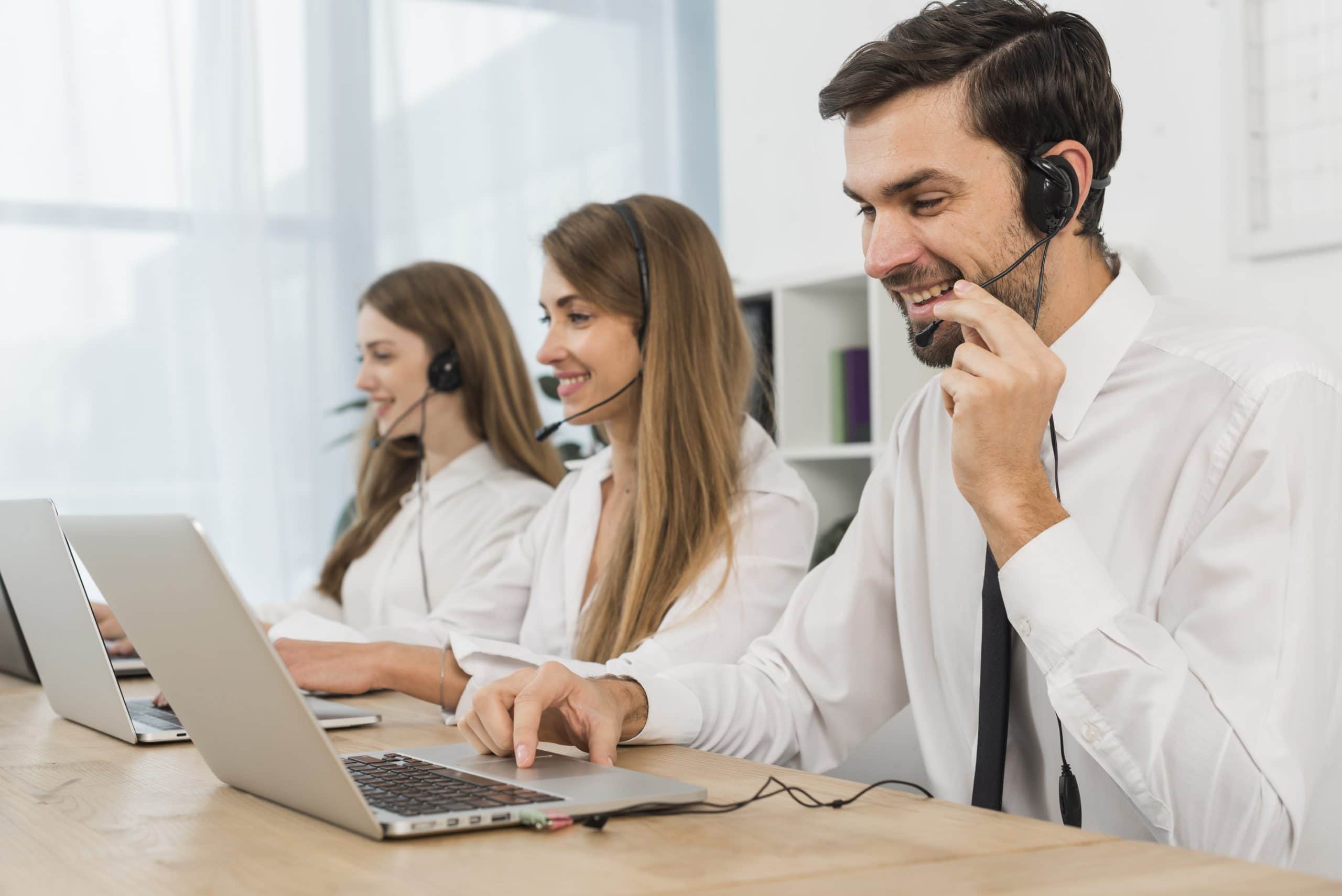How Prime Delivery Has Influenced Customers’ Shipment Expectations

While it might be hard to admit, it’s very easily seen that online shopping and online retailing efforts have significantly improved the way in which people are able to shop. The ability to shop online, especially considering the recent lockdown restrictions and pandemic responses, is both the safest and most convenient option for a great majority of the world. Not only can this method keep consumers safe from the virus, it also provides these consumers with the most advanced shopping experience out there. Online shopping allows consumers the ability to research a seemingly endless pool of products from countless retailers based on factors like unique features, price, sales or discounts, and even different customer reviews. This enhanced experience has contributed to the growth of the online retailing industry in recent years. In fact, in 2019, nearly $3.5 trillion dollars were spent online globally from a contributing 2 billion people.
One of the most impactful organizations in this space is Amazon. Namely because of the number of products they’re able to offer on their platform, which exceeds 12 million unique products. Not only do they offer more products than a majority of retailers in the space, they also see some of the most visitors in the space as well, as nearly 200 million people shop with Amazon per month. This sort of reach can be felt throughout the industry, with smaller online retailers being squeezed. Not only do these smaller retailers struggle to keep up in regards to product offerings, they also don’t even come close to matching the shipping capabilities of Amazon. As more and more customers become accustomed to ‘prime’ shipping options from larger retailers, the less likely they are to even consider purchasing from a smaller online retailer.
Finding ways to provide value outside of expedited shipping is then the name of the game for these smaller online retailers. Adapting can be difficult, but certainly not impossible. One of the ways in which these retailers have adjusted has been in the form of on-site branded tracking pages. These pages are hosted by the online retailer on their own domain rather than redirecting customers to a shipment carriers’ website for their shipment’s information. This can help increase brand recognition and improve customer experience in the long term.
In addition to these branded tracking pages, other efforts from these retailers have been seen in the form of adjusting their website experience for their customers. Amazon’s user interface is effective, but certainly not the best in the space. Smaller online retailers should look to polish their website and user experience the best they can. For example, account creation. What benefits come from creating an account? Are customers able to store information like billing, shipping, and payment information after inputting the information once? Do users with accounts receive any promotions, sales, or coupon codes as a result of being an account holder? Improvements to a website that save customers time and money should be priority number one.
If these aspects of an online retailer’s website have been polished, another way to consider keeping up with Amazon comes in the form of free shipping. Nearly 90% of customers prefer free shipping costs over accelerated shipping times, so rather than trying to speed up their shipments, smaller online retailers should look for ways to reduce the shipping costs they charge to customers. If shipment costs were reduced even slightly, it’s more likely that these smaller online retailers would see an increase in their online sales. One way to achieve reducing these shipment costs comes in the form of automated storage and retrieval systems for their warehousing efforts. These systems better coordinate warehousing and transportation efforts that these retailers are able to provide. For more information regarding these systems and how they can benefit these smaller retailers, be sure to review the infographic accompanying this post.
Author bio: John Hinchey is VP of Sales for Westfalia Technologies, Inc., a leading provider of logistics solutions for plants, warehouses and distribution centers. He has more than 20 years of experience in manufacturing and warehouse automation.






